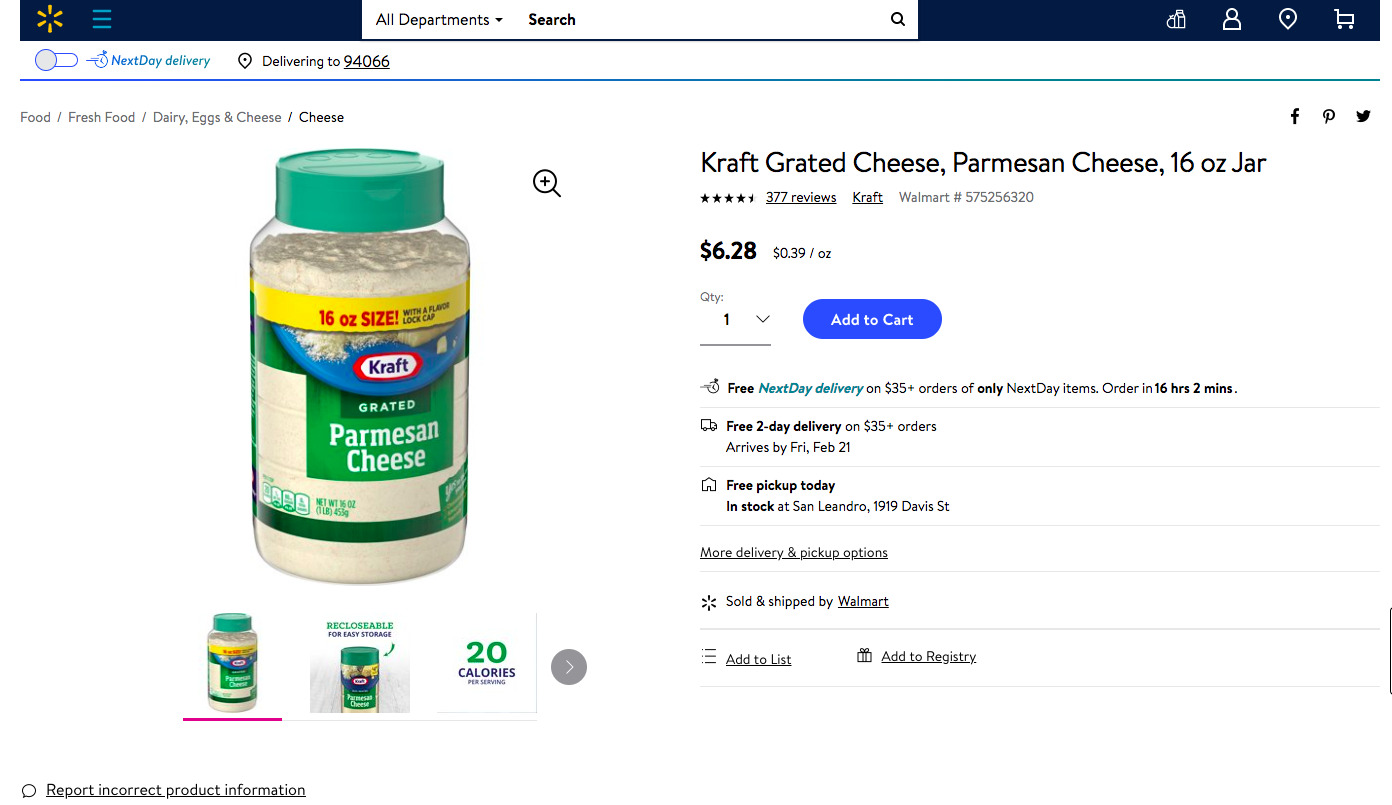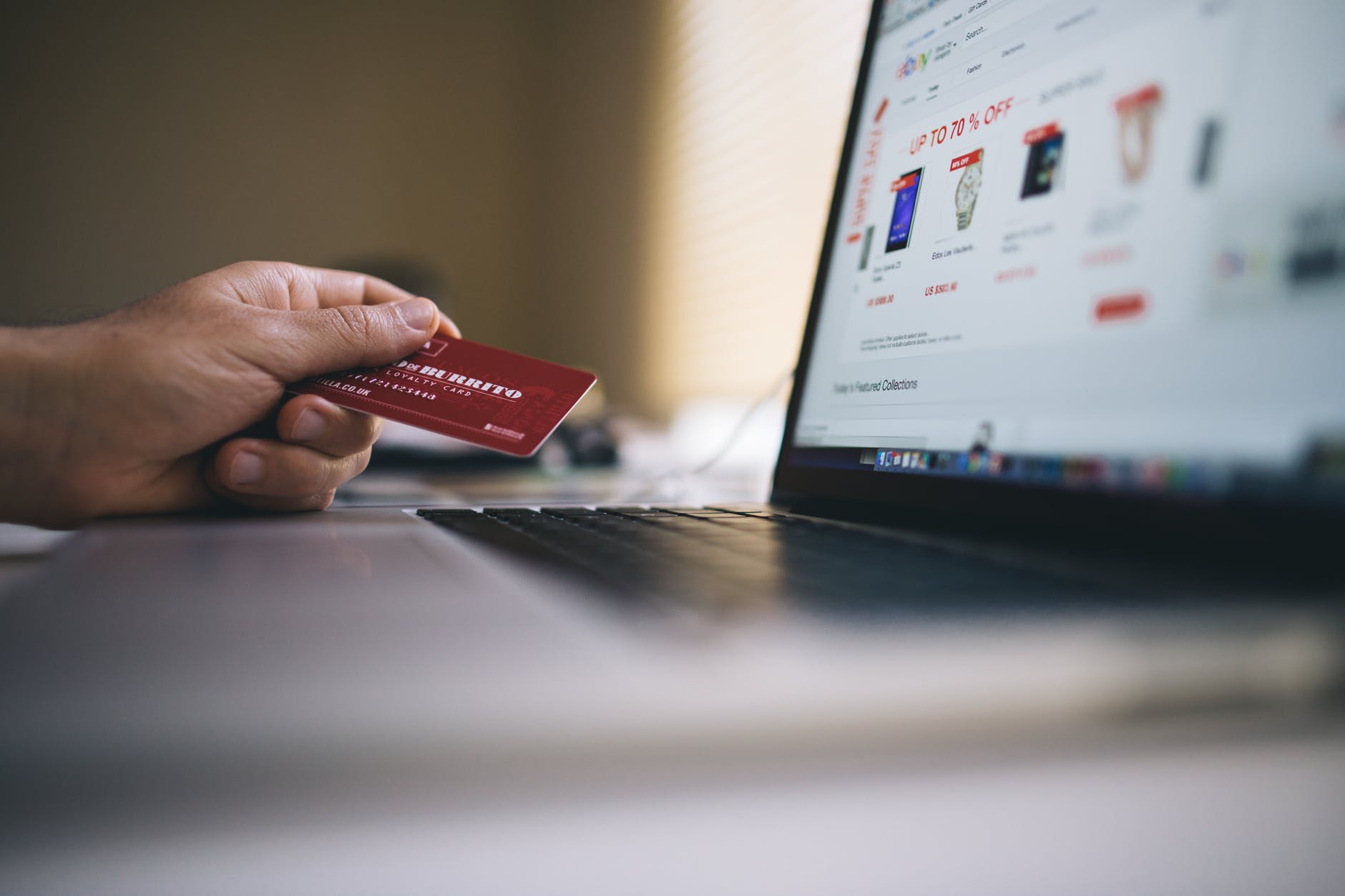The SmartLabel® initiative by the Grocery Manufacturers Association (GMA) and the Food Marketing Institute (FMI) has made some progress since its inception in 2015. The SmartLabel® branding and scannable QR code can be instantly recognized on a number of grocery product packages picked up off the shelves today albeit, commonly products manufactured by the largest companies and brands especially in the food & beverages segment. The SmartLabel® was started as a consumer transparency initiative to enable consumers to digitally access more detailed product information that could fit on a package and as of today, this is exactly how most manufacturers and brands have viewed the value of the SmartLabel®.
From our perspective, the SmartLabel® although growing in terms of brands implementing it, is still in its nascent days for a number of reasons. One of challenges that brands and manufacturers have consistently had while working on implementation is simply collating all the various label attributes and data required to be displayed within the SmartLabel® into a single place. The data often sits in multiple systems or spreadsheets across different parts of the organization and organizing these attributes for each item SKU is time consuming. Often, it’s the availability of time and resources that has been a factor in the ability to deploy SmartLabel® while with smaller manufacturers and brands it can also extend to technology requirements, costs and the challenges with maintaining both the accuracy of the data as well as the need to keep updating the SmartLabel® landing pages as the specifications evolve and new versions are released. However, the bigger question on most brands minds is “is it worth the effort?”. “Are consumers really going to scan my product when some of that information is already printed on the packaging?”. And, therein lies the risk of missing the larger potential of having SmartLabel® for your products!
More often than not, brands and manufacturers we’ve spoken to have talked about the final objective of their SmartLabel® project goals as generating a QR code for their item SmartLabel® landing page URLs and working with their packaging and printing companies to have them printed on the packaging so consumers can scan the SmartLabel®. The SmartLabel®, at the end of the day is a digitally accessible landing page accessible via a URL and can be made available in lieu of the physical product / packaging where purchase decisions are being made. With e-commerce and online purchases growing at an unprecedented rate, a growing number of purchase decisions are happening purely based on the information available to the consumer on that website without the physical product or printed label information in their hands. And this is where the SmartLabel® comes into its own by enabling trust through providing detailed product information where and when its needed the most.
Very often, the larger ecommerce websites will offer an image of the packaging which displays critical information like ingredients, allergens, certifications and nutrition information in case of food and beverage products. The issue is, images are static snapshots of the packaging. Packaging changes, ingredients change, nutrition values change, the facilities where a specific product was manufactured often changes and with it, the components of the product itself. There are seasonal items, variants of an item, changes in volume (for example a 20% extra edition) and all kinds of variables which leave space for inaccuracies in what the consumer has access to. Inaccuracies in information leads to loss of trust and access to SmartLabel® where attributes can be more dynamically linked and updated real-time without changes to the physical packaging or printed labels offers a better alternative in this scenario.
Also today, most brands and manufacturers are only leveraging SmartLabel® to provide product level or SKU level information to consumers. The SmartLabel® has potential to also manage and provide Batch level or granular Serial Item level information to consumers too which has tremendous implications for perishable items, food, beverages, cosmetics, healthcare products, tobacco products etc.
If you were shopping online and adding jar of grated parmesan cheese to your online shopping cart, how would you know when it’s due to expire & how long a shelf life you would have for this batch currently in stock? You don’t. With a physical product, you could pick it up and read the Lot/Batch information and calculate the expiry date. And that is precisely where SmartLabel® will play a critical role in enabling this kind of information without physical packaging and enabling confidence and trust in purchases.

Once a brand or manufacturer has their SmartLabel® landing page links generated, printing and QR codes are not the only next step. Making these links available to every e-commerce / online store that retails or plans to retail the product so they in turn can make them available to the consumers has the potential to go a long way in enabling greater trust for items purchased on the web. Now, “is that worth the effort?”.



